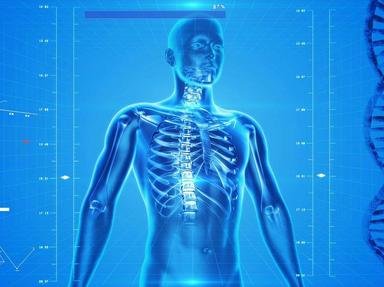Quiz Answer Key and Fun Facts
1. The supporting structure of your body, AND a dangerous Olympic winter sport.
What is it called?
2. The top of your head (or your whole head), AND an emblem of a monarchy.
Which item?
3. The apertures in your irises that allow light to reach the retinas, AND young students in school.
What are they?
4. Your thorax, AND a receptacle for storing your valuables.
What is it?
5. Parts of your body tissues that have specific functions, AND keyboard instruments with pipes.
What are they called?
6. The undersides of your hands, AND coconut-bearing trees.
What are they named?
7. Horn-like keratinous plates on your fingertips, AND pin-shaped fasteners used in construction.
What are they?
8. The backs of your lower legs, AND bovine young.
What do you call them?
9. The weight-bearing terminal portion of your leg, AND a measure equalling twelve inches.
What is it?
10. The plantar aspect, AND a bottom-dwelling flatfish.
What is it called?
Source: Author
reedy
This quiz was reviewed by FunTrivia editor
rossian before going online.
Any errors found in FunTrivia content are routinely corrected through our feedback system.
